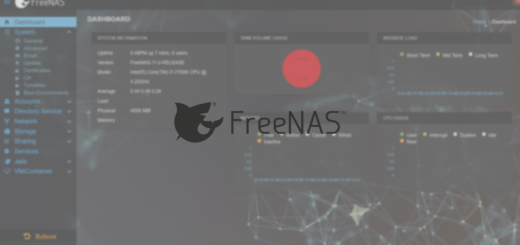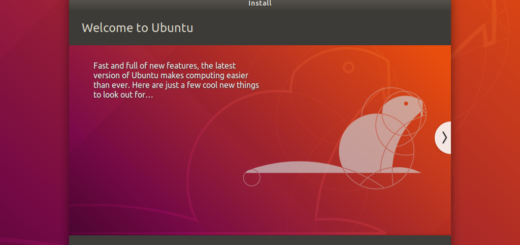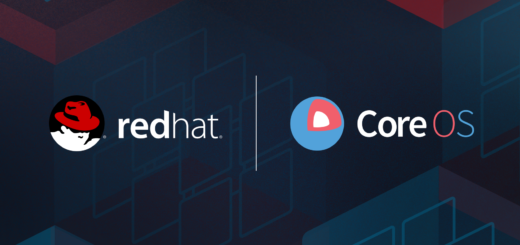What’s new in OpenStack Ocata

Coming two months earlier than scheduled, on 22th February 2017, OpenStack Ocata is the 15th release of the OpenStack project. This release was squeezed in a shorter time-frame, nevertheless has a focus on a few important things like: scalability, upgrade process, user experience and manageability.
OpenStack Ocata changes and new features
Ocata is a peculiar release which doesn’t ship with many new features; as a matter of fact OpenStack Ocata tries to stabilize the current features rather than introducing new ones. Ocata also has a focus on security and upgrades: TLS for internal communication is moving forward (to allow safer geographical distribution), and per-service upgrades (TripleO) are getting more and more stable.
Nova (Compute)
- VM Placement: the Nova filter scheduler will now use the Placement API.
- Cells v2: are now used by default, offering better high availability.
- Hyper-V: support has been enhanced to support PCI passthrough and offer better compatibility with UEFI-enabled virtual machines.
Neutron (Networking)
- Tagging: resources can now be tagged so that multiple resources can be divided in a logic way.
Swift (Object storage)
- Improved compatibility: byte-order is now stored in Swift Rings so that different architectures behave the same (different Endianess).
Keystone (Identity)
- Multi-Factor Authentication: can now be specified when authenticating users, and different policies can be applied to different users. Also OTP password support has been enhanced.
- Auto provisioning for federated identity: user logging in a federated system can now automatically get a project and a role.
Glance (Image service)
- User “community” images: can now be created by users for everyone to see. Much like shared images, but “community” images can be created by everyone.
Cinder (Block storage)
- Attach/Detach API: have been refactored.
- Active/Active HA: Cinder now supports Active/Active clustering avoiding concurrency.
Magnum (Containers)
- DC/OS Support: Magnum now supports DC/OS as a Container Orchestration Engine.
TripleO (Deployment)
- Per-service upgrades: can now be performed in parallel/rolling.
Zaqar (Messaging service)
- Swift backend: has been added, this also leverage Swift replication capabilities.
Conclusion
OpenStack Ocata wasn’t an exciting release, but it still packs quite a few interesting things like Hyper-V PCI passthrough or DC/OS support. We can expect the next release (Pike) to be much more feature-rich and interesting. Thanks to Mirantis and Opensource.com for part of the informations contained in this article.
- 2020 A year in review for Marksei.com - 30 December 2020
- Red Hat pulls the kill switch on CentOS - 16 December 2020
- OpenZFS 2.0 released: unified ZFS for Linux and BSD - 9 December 2020









Recent Comments